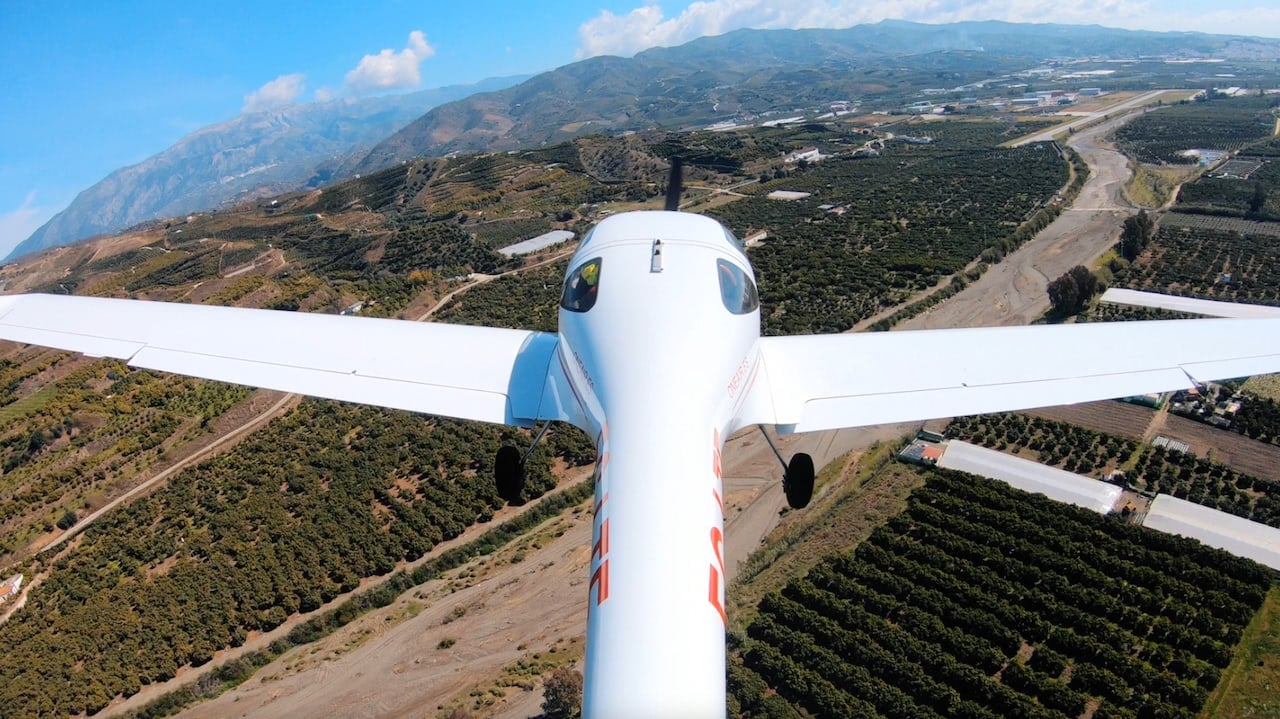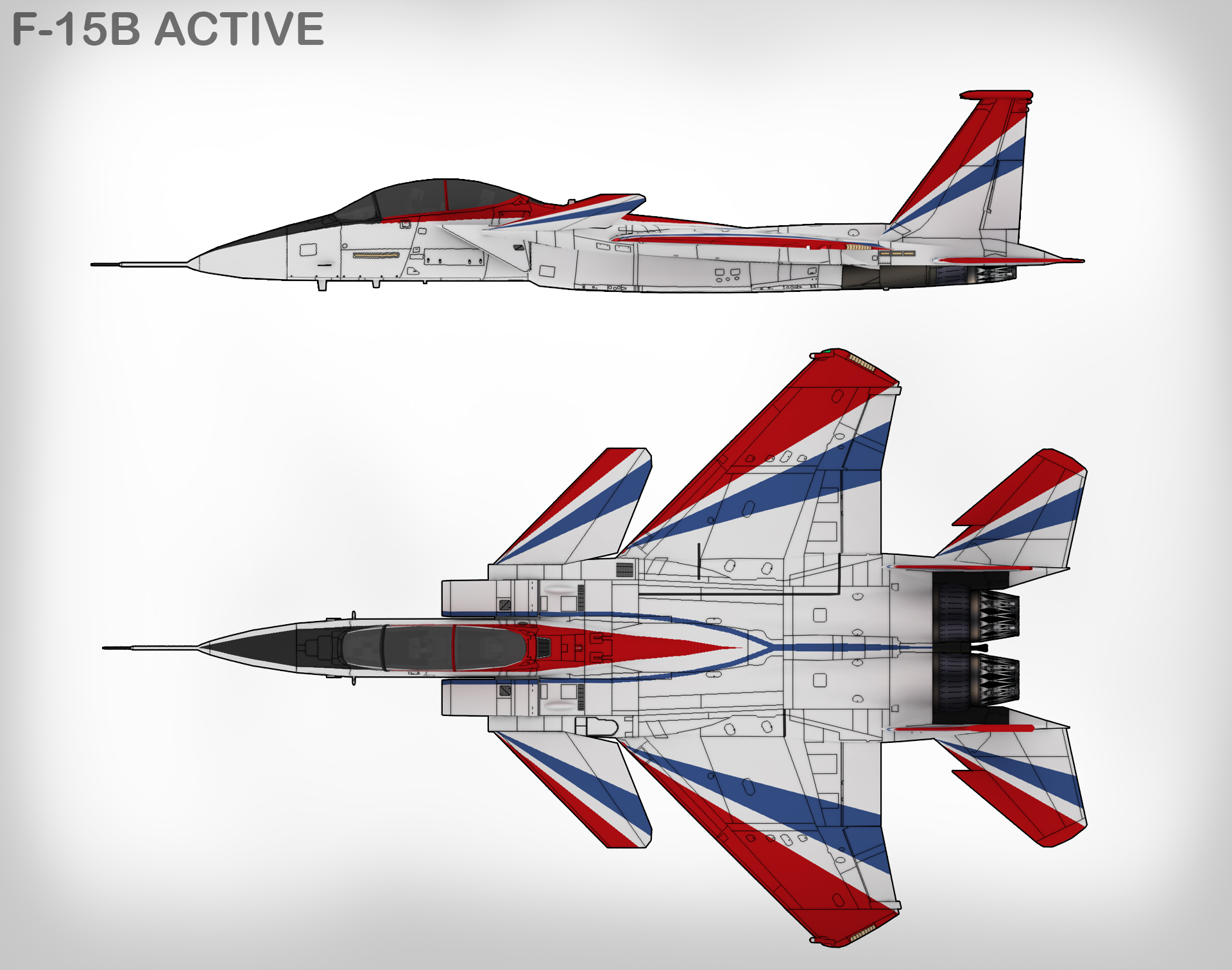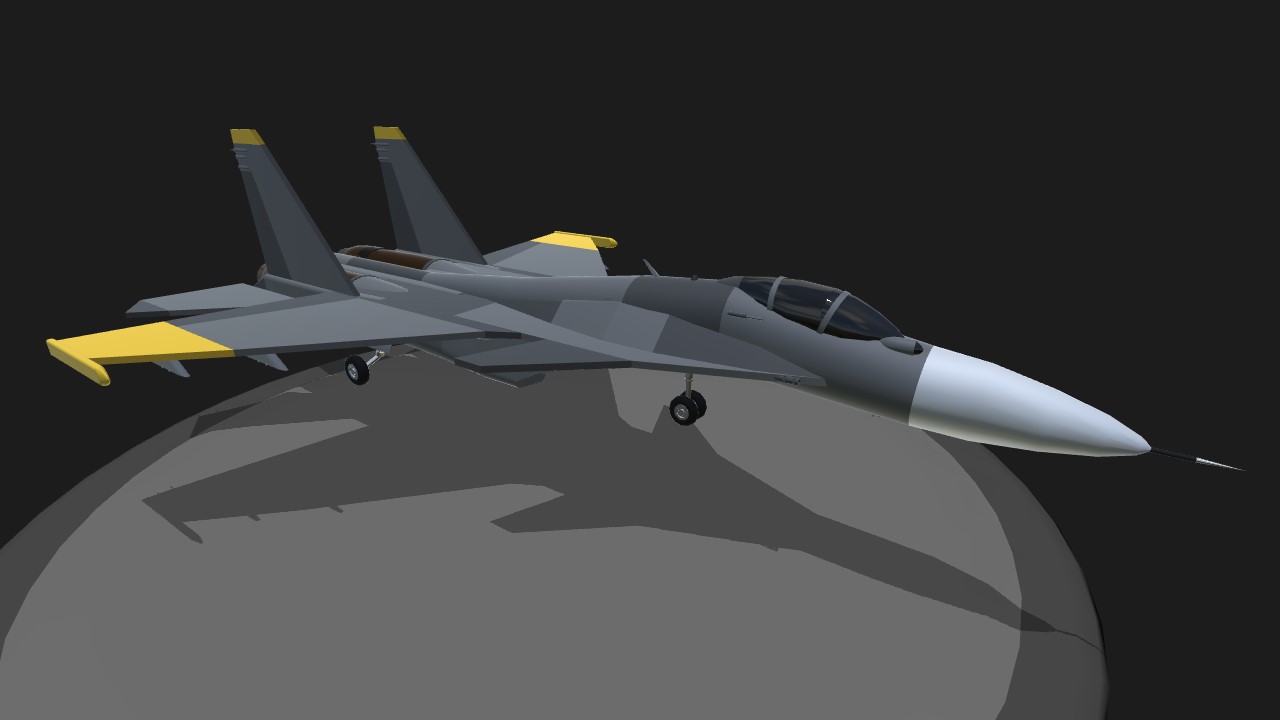Aircraft With Thrust Vectoring - Stack Exchange is a question and answer website for pilots, mechanics and aviation enthusiasts. It only takes a minute to register.
Based on the large number of tangible thrust vectors on Russian fighters, it appears that Russia has put more effort into developing thrust vectors for better maneuverability than the US. Why is it like that?
Aircraft With Thrust Vectoring

Of course you can include the MV-22 Osprey, Harrier and F-35B as thrust vectoring, but I'm talking thrust vectoring for improved maneuverability, not for STOVL.
Nasa Armstrong Fact Sheet: X 31 Enhanced Fighter Maneuverability Demon
This is another matter of design, and you can't know the answer without asking why today's airplanes are designed the way they are.
Following Colonel John Boyd's work in the 1960s to develop 'Energy Maneuverability Theory', the US and its allies primarily designed combat aircraft and tactics around the idea that the specific energy state of an aircraft defines its performance during basic fighter maneuvering (dogfighting).
Under the E-M theory, for a fighter to be viable (and therefore victorious) during air combat, he must maintain a high specific energy advantage throughout his maneuvers - this means he has a higher potential energy (height), or higher kinetic Energy. (speed), and should aim to maintain the capacity to effectively trade one. In a fight that only takes place in the vertical plane, this is easy to quantify, but in a turning fight, spin-induced drag saps energy from the aircraft, and the E-M theory allows this performance efficiency to be quantified for a specific design or tactic.
As a result, American 4th generation fighters such as the F-15, F-16 and F-18 are specifically designed for energy conservation in all flight regimes - high climb performance (potential energies to get through altitude) and to maintain speed (motivation break). drag through turns), low wing loading (lower energy bleed during turns due to induced drag), and improved aerodynamics in the expected combat envelope (reduction of total drag in the subsonic regime), and their tactics emphasize efficient maneuvering on energy, especially expenditure your energy strictly to "get a bite" on your bogey first.
Mig 29 Ovt Fulcrum Thrust Vectoring Company Demonstration Aircraft Landing At Raf Fairford Stock Photo
The practical effect of this is that if your first attack pass fails, you'll still have enough energy to overpower your opponent and get into another attack position, or run. The downside is that when your kinetic energy is higher than your opponent's (speed) you can't swing as close as possible - but hopefully with that energy you'll be better able to maneuver in 3 dimensions which will give you the upper hand for her other attacks - classically, it can be considered a "boom and zoom" tactic.
In contrast, Russian designers focus on 'Supermaneuverability', the aircraft's ability to stay within the controllable envelope, outside the aerodynamic control envelope. This is facilitated by 'funny' aerodynamics on aircraft such as the MiG-29, Su-27 and Su-33, and by thrust vectoring on the aircraft you mention in the OP. This allows a high angle attack maneuver at low speeds (low energy state) - with the aim of allowing the pilot to direct his aircraft at the adversary to facilitate the release of weapons - that is the "shoot first" strategy. Even if your shot misses, you force your opponent to go defensive, giving you an upper hand for the second shot, which is often facilitated by high boring missiles like the R-73.
As the speed decreases, so does the turning radius - but the aerodynamic control authority is reduced at a higher speed. Thrust vectoring allows you to overcome reduced aerodynamic control authority - your ability to change the aircraft's attitude is now largely independent of its aerodynamic control surfaces. So using super maneuverability, you no longer have to outrun your opponent, you just point the plane in a completely different direction to where you were flying, and maybe 'snapshot' is allowed with missiles or guns. The classic equivalent is the "reverse and burn" tactic.

The practical effect of this strategy is that you can land on your target and get a shot off it first, but if that shot misses, you now have no energy (because you've contaminated it due to the massive trigger of high-alpha spin ), and is effectively a sitting duck with the opponent's wingman - you have no speed to run, you lose height, you only have thrust, and the thrust is slow enough to get energy on your back. You can spin in place and keep shooting, but if your opponent uses their energy to run, you won't have the energy to chase.
China J 10 Fighter Plane Gets Thrust Vector Control
So why did the US largely ignore thrust vectoring? Because it is not tactically relevant for them. The West experimented with supermaneuverability towards the end of the Cold War with aircraft such as the X-31 and F-15 ACTIVE, and after acquiring the MiG-29 and Su-27 at the end of the Cold War, and in combat with them, decided that the 'overmaneuverability' advantage wasn't worth it, as EM-based tactics could simply be adapted to overcome it. The only exception is the F-22 – an aircraft designed before the fall of the wall, specifically designed to combat what Western tacticians believed the MiG-29 and Su-27 were capable of – an illusion shattered several years later.
The F-22 is far from the only example of American TVC, although it is the only design to go into series production.
It was delayed, and the Su-37 never entered production. So far, only a handful of these three have ever been built.
The Su-30MKI was built for India, not the Russian forces (see Su-30 for the Russian version). It doesn't use true 3D TVC, but instead
Aircraft Controls: Thrust Vectoring
The Su-35 is the only one [on that list] in widespread Russian service, of which only a few dozen were produced.
Also note that the Su-30/35/37 are all part of the same Su-27 family. In fact, the Su-37s were just converted Su-35s. And the MiG-35 is derived from the MiG-29. So there aren't many clean sheet designs built with TVC.
By comparison, the US list above includes four different manufacturers and six clean sheet designs (plus one derivative), half of which included original TVC solutions (rather than retrofits).

Apart from flying more TVC fighters, it is also more popular in the news. The Russians have always liked to talk a lot about their "secret wonder weapons" and the American media discourages them. People are gobbling up headlines like "Russian fighter jet F-22, US steals a hoax, new US fighter jet on Turkey." It sells well.
Archivo:3 Three Thrust Vectoring Aircraft.jpg
In contrast, the newest US fighter jet, the F-35, does not have a TVC. Since it is A) the only new US fighter since the Super Hornet (besides the aforementioned F-22) and B) replaced so many a/c (F-16, F-18, AV-8B, and probably some A-10s) ). ), means that much of the US fighter inventory will not have a TVC. On the other hand, if the JSF program had assembled 3 completely separate a/cs, at least one of them could have included a TVC (but unlikely in my opinion).
Also, the Russian TVC hire continues and is fresher in people's minds, but the American projects above are a bit older and seem to have fallen into the hands of the public.
Russia developed its Su-27 and MiG-29 families in response to the F-15, F-16 and F-18, which were a quantum leap in capability over their predecessors, such as the F-4, F-5, Mirage and Century series. The F-16 had a high sustained rate of turn, and the F-15 had powerful engines on a large wing.
But their first engagement with the F-15 left the Mirage pilots shaking their heads. One Mirage ace with fourteen kills described his first combat with an F-15 piloted just outside the F-15 training school to the author. "The rules were that he couldn't use his AIM-7s, so the fight started with a front-on pass. I started to turn and he pulled up and came around me. I saw him make three or four mistakes along the way. I could have easily taken advantage of him if he was a normal fighter, but there was nothing I could do to fight the F-15.He shot me down within forty seconds later I was flying home in the Mirage, both of us feeling very old and outdated. " - The Rise of the Marches: How the Air Force Changed After Vietnam, by Marshall L. Michel III
Report 044: F 22 News
The Su-27 was designed to be slightly better. TVC helped achieve that [or at least tried to].
TVC is useful at very low and high alpha speeds, where traditional control surfaces are less effective. So it's useful for dogfighting---close range, low speed, lots of spin.
However, there is a cost to using the TVC in terms of forefoot (and drag and weight), as the video above explains. Outside of that cover (where the control surfaces work well), the TVC doesn't see much use.

Unfortunately for TVC, engagement range grew and in visual range combat became less common, so these types of performance parameters lost their utility. New technologies and tactics made it very difficult to close it in the first place: AWACS, improved fighter radars (longer range, look down / shoot down), ID BVR (non-cooperative target identification), data fusion, networking and new long-range missiles (higher reliability , improved resistance to countermeasures, fire and forget, datalink). BVR opponents have finally come of age.
Thrust Vectoring J 10 Stars At Zhuhai
Even
Aircraft with 4 engines, cars with aircraft engines, aircraft with 8 engines, tail mounted engine aircraft, aircraft with engine on tail, aircraft with 3 engines, general electric aircraft engines, planes with engines on tail, aircraft engines, airpower aircraft engines, aircraft tail, aircraft with most engines
0 Comments